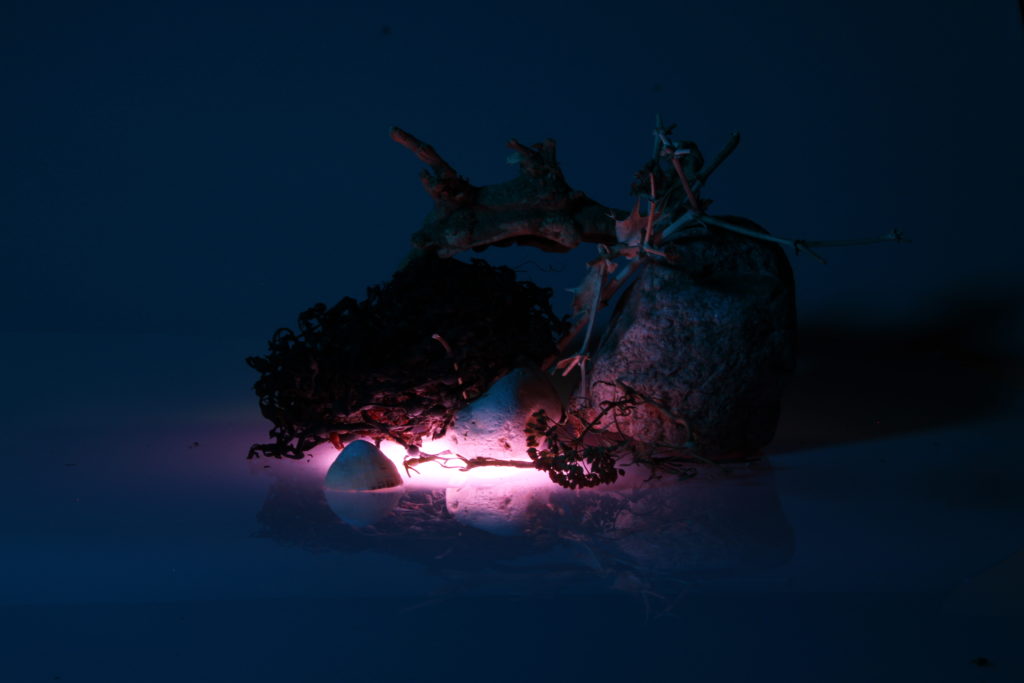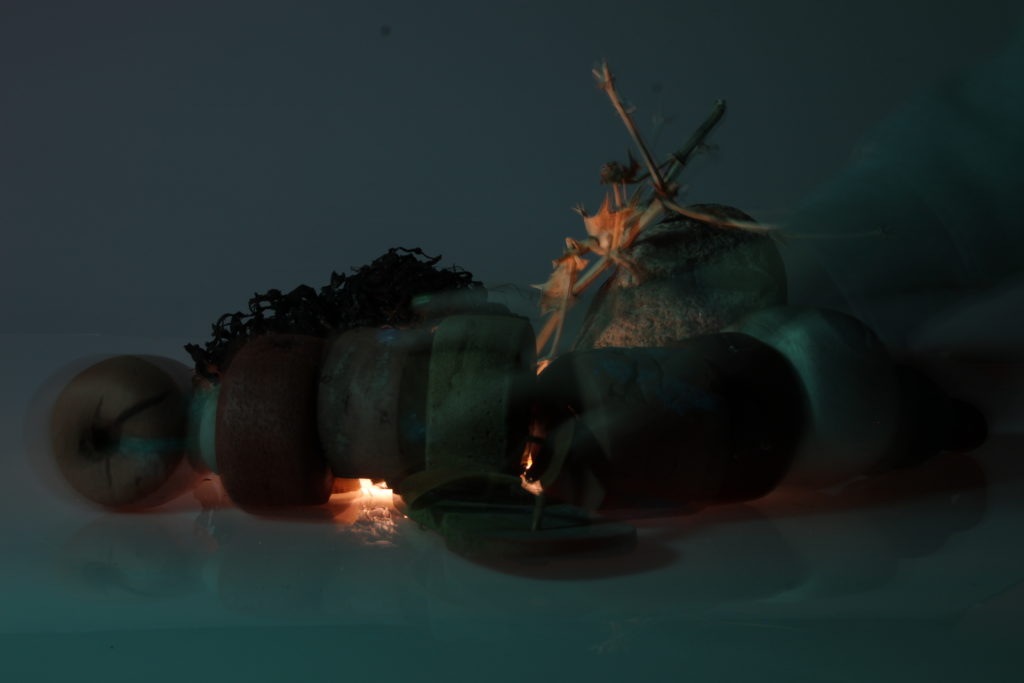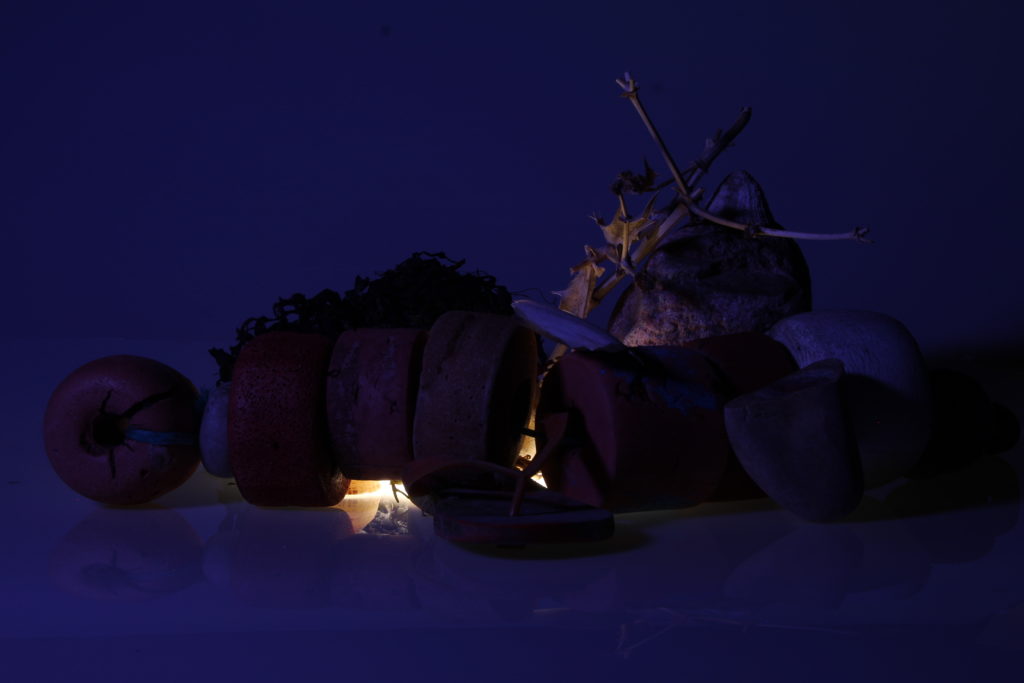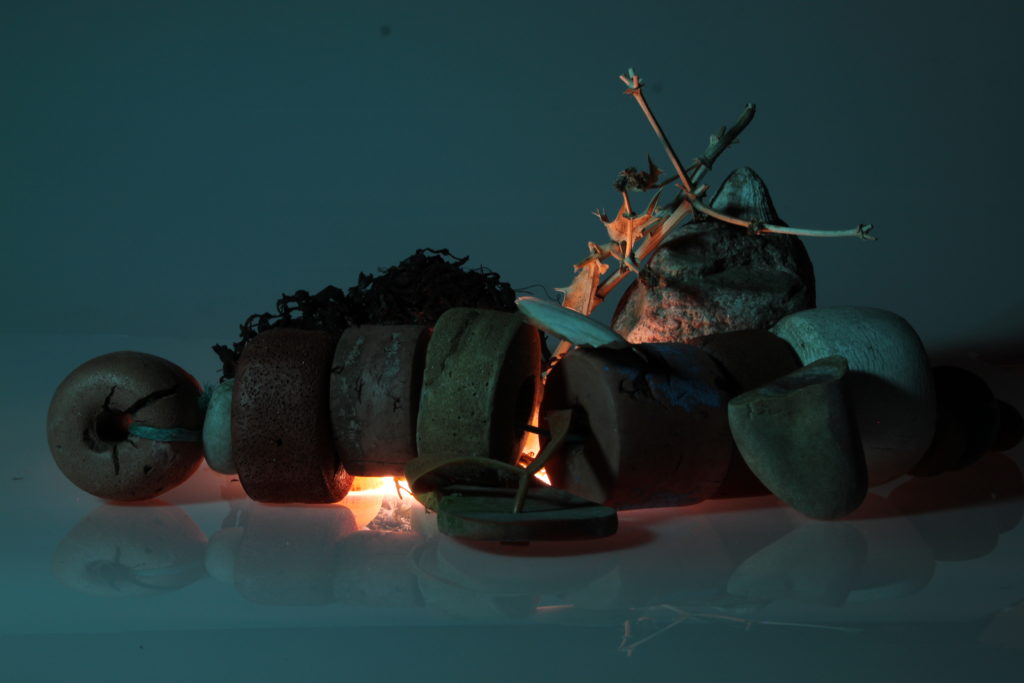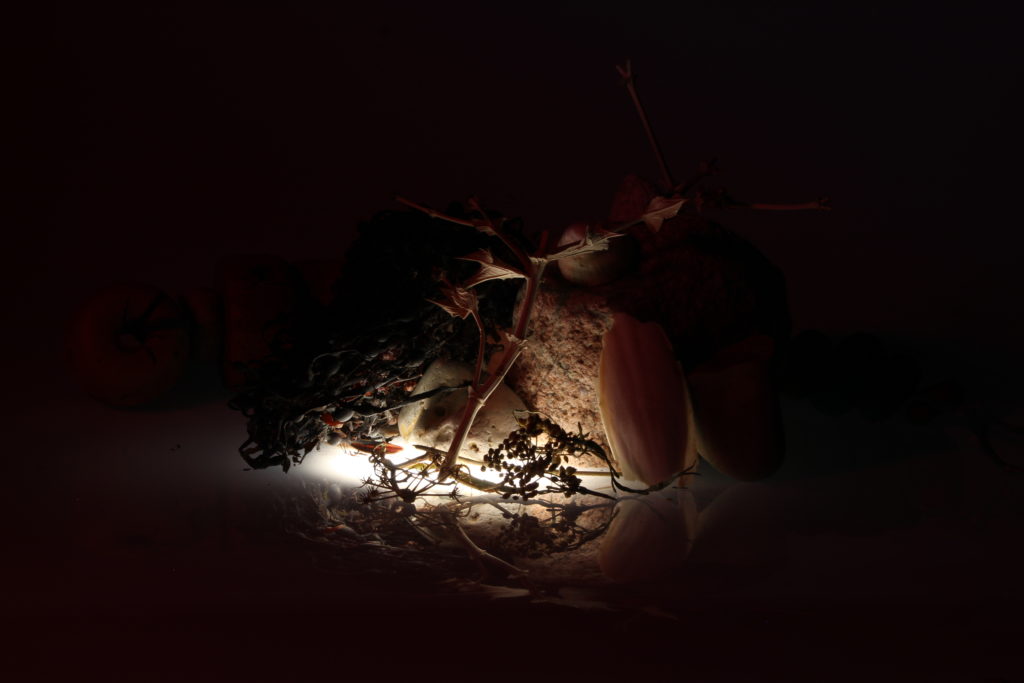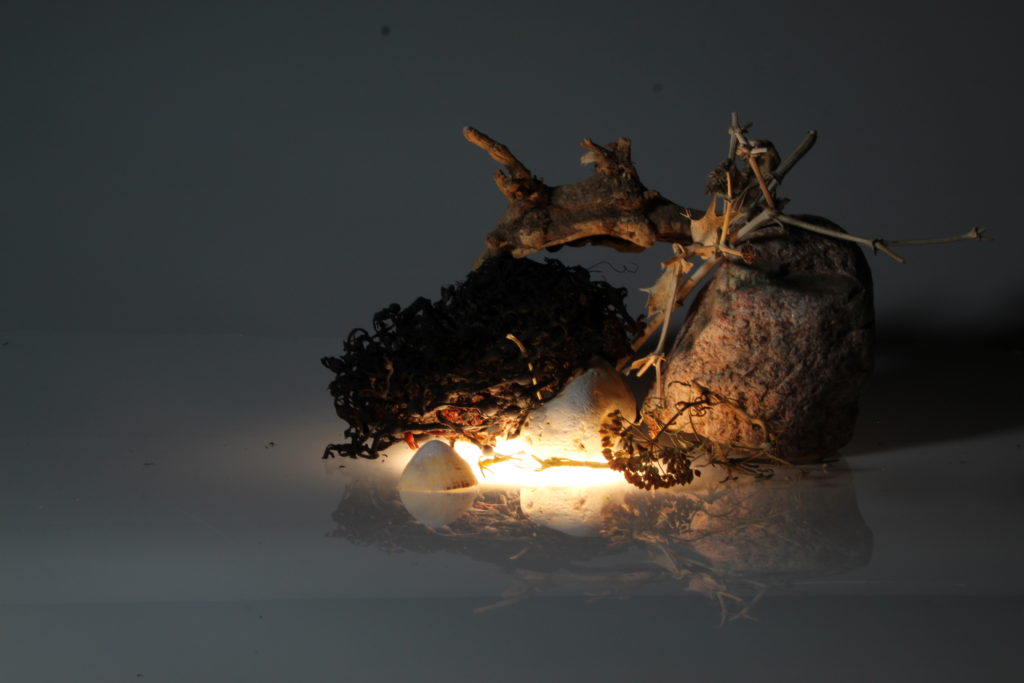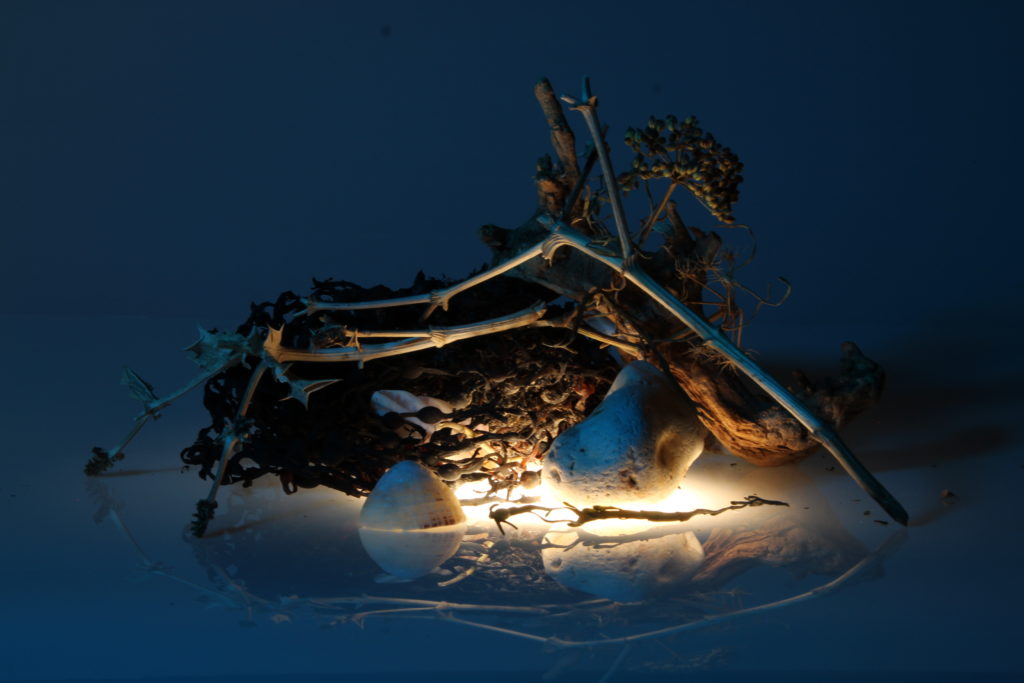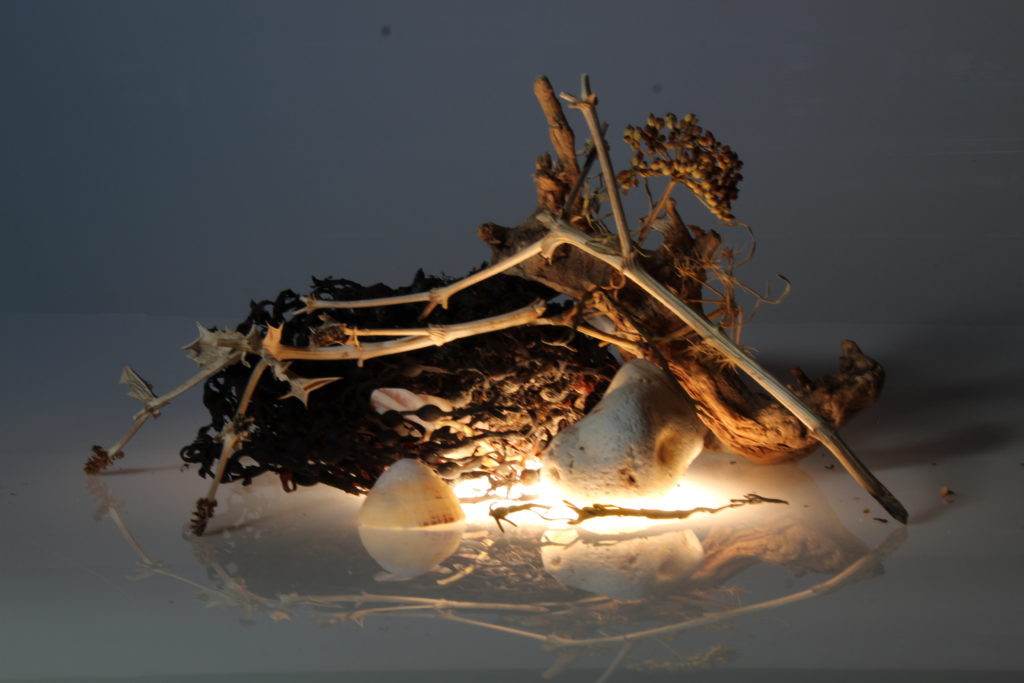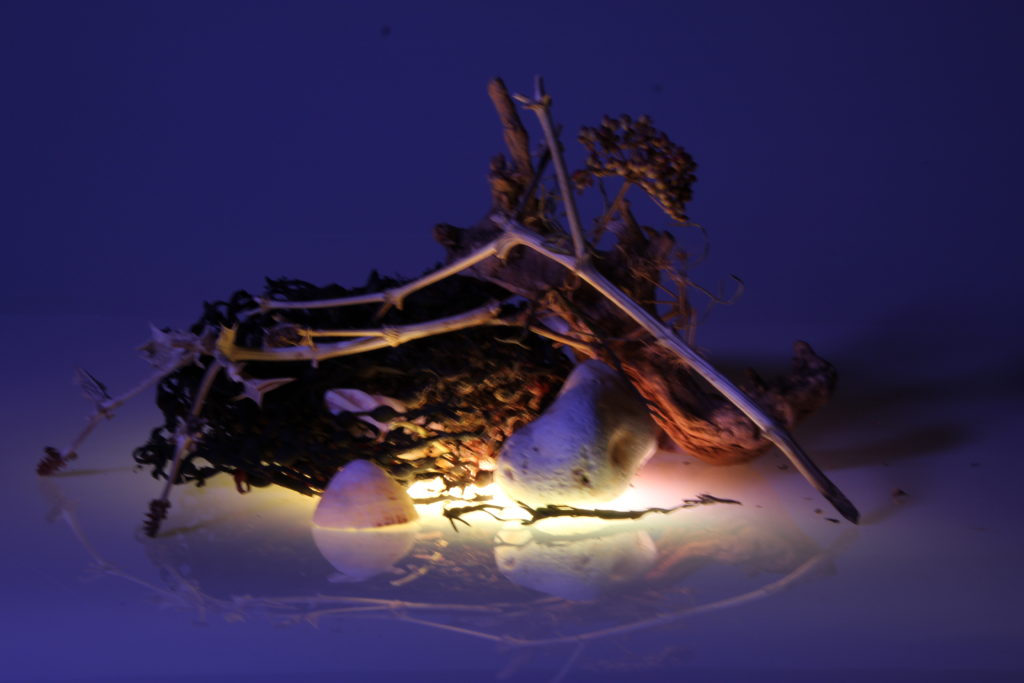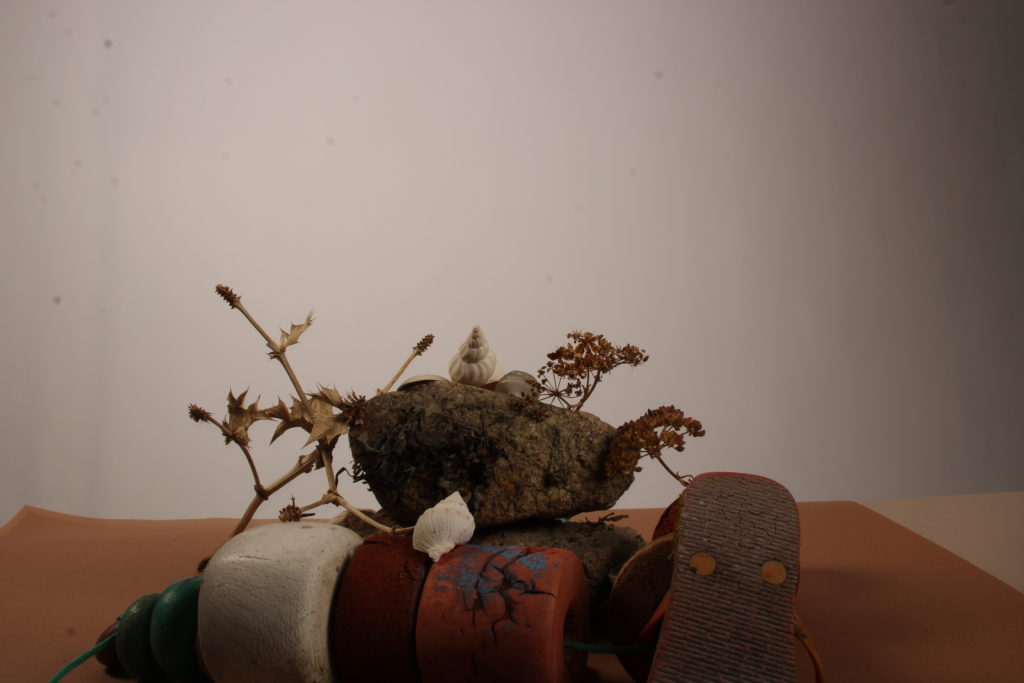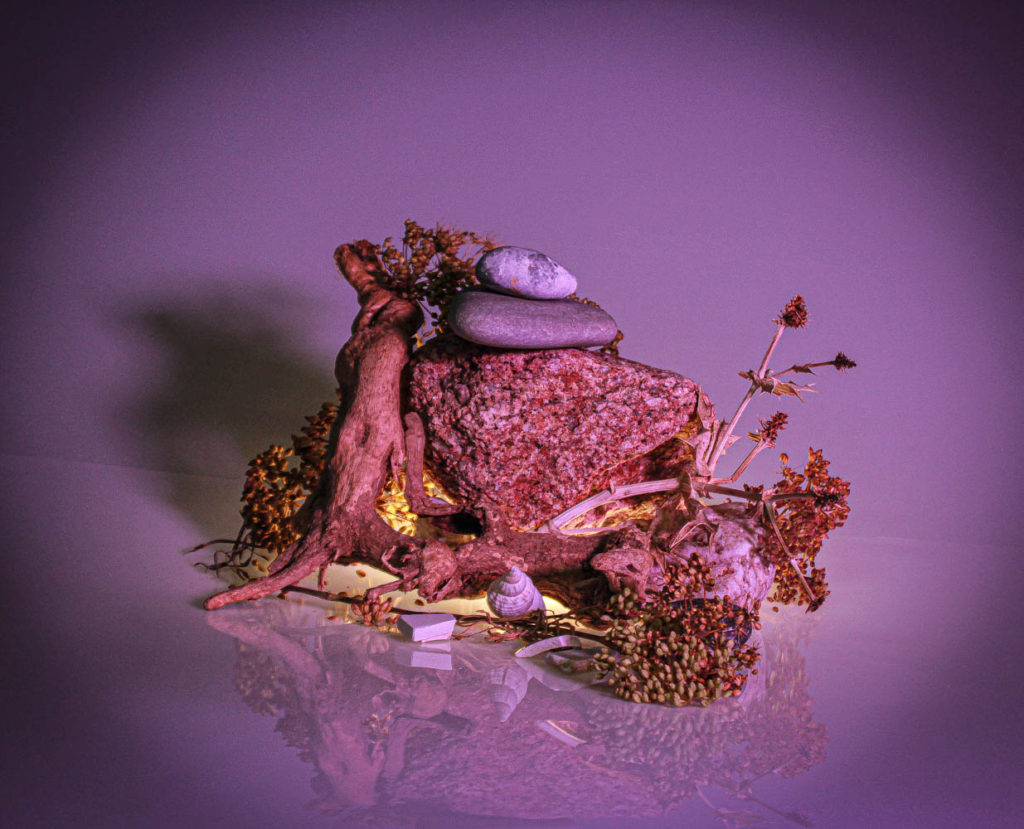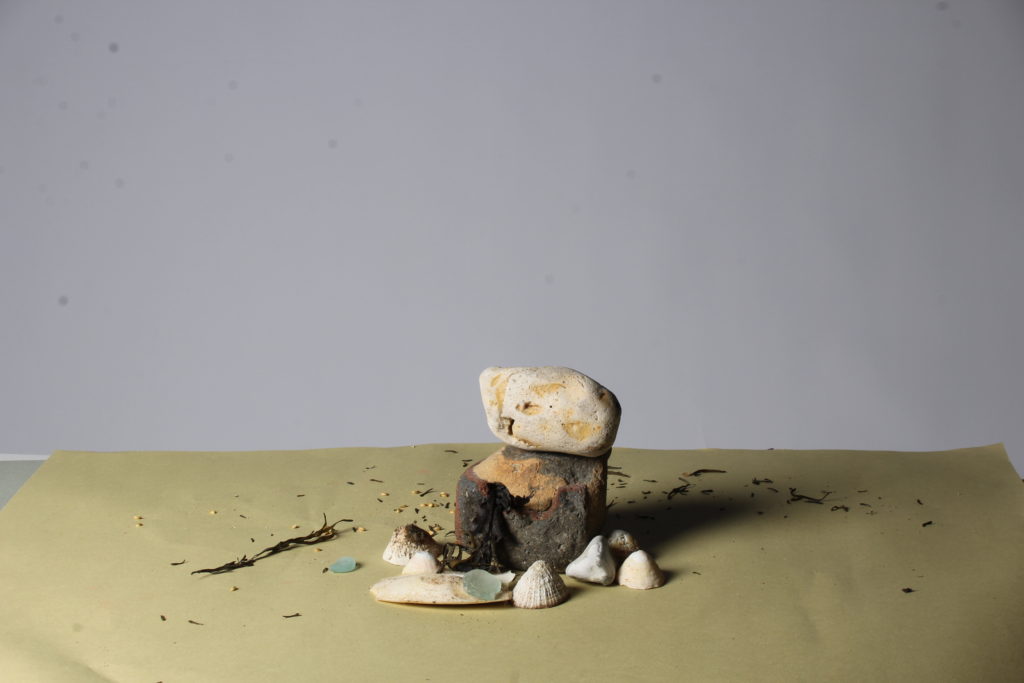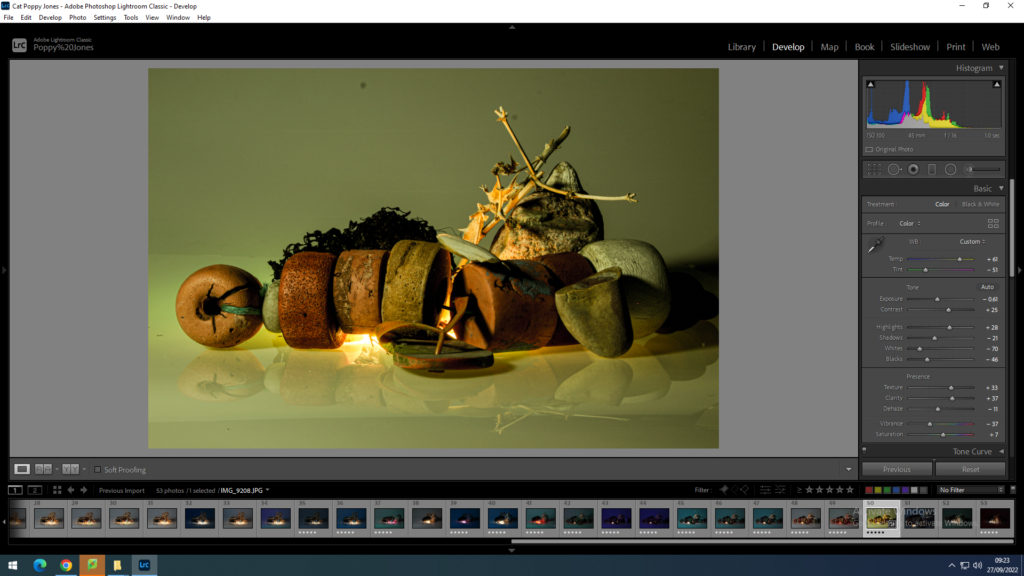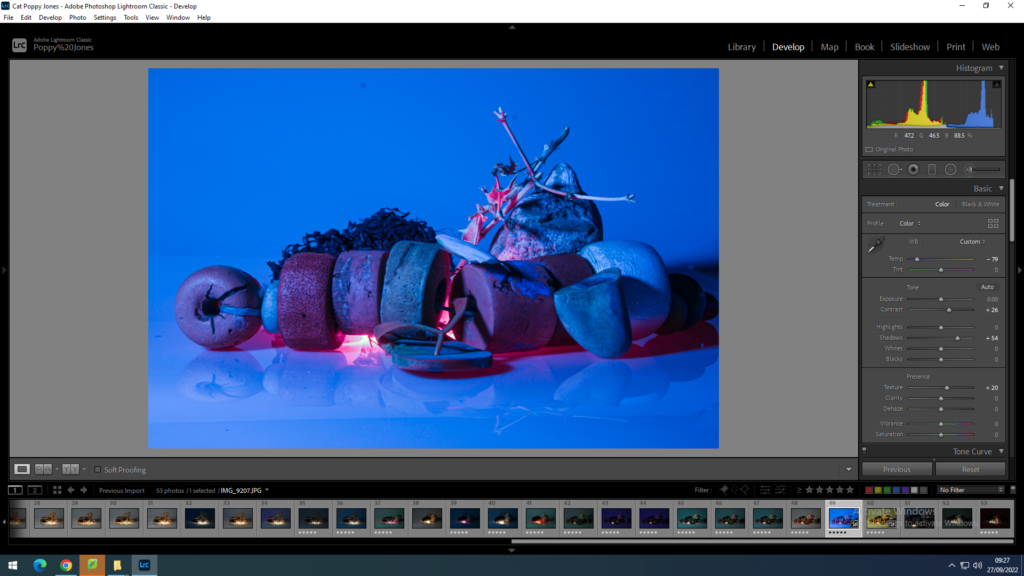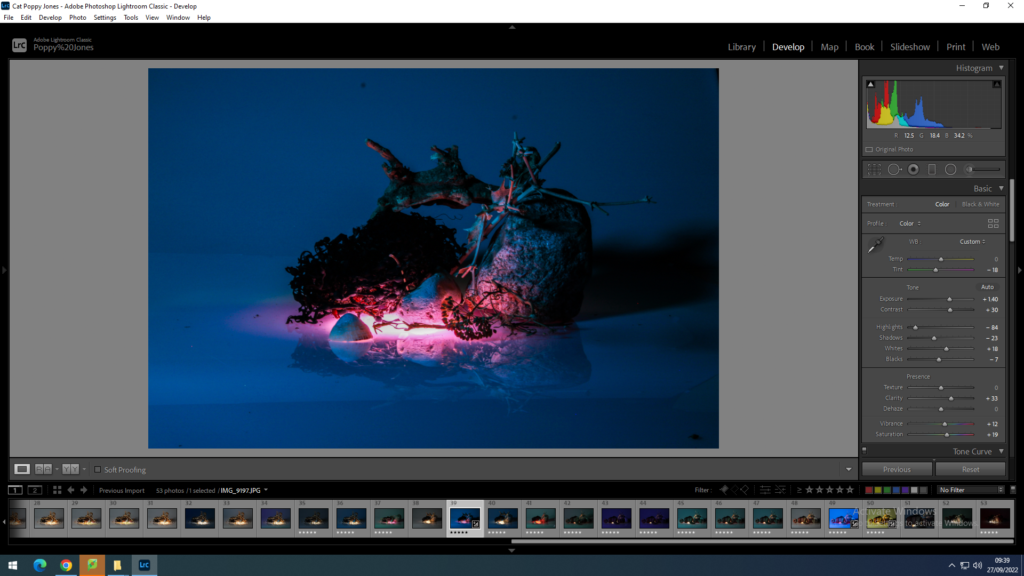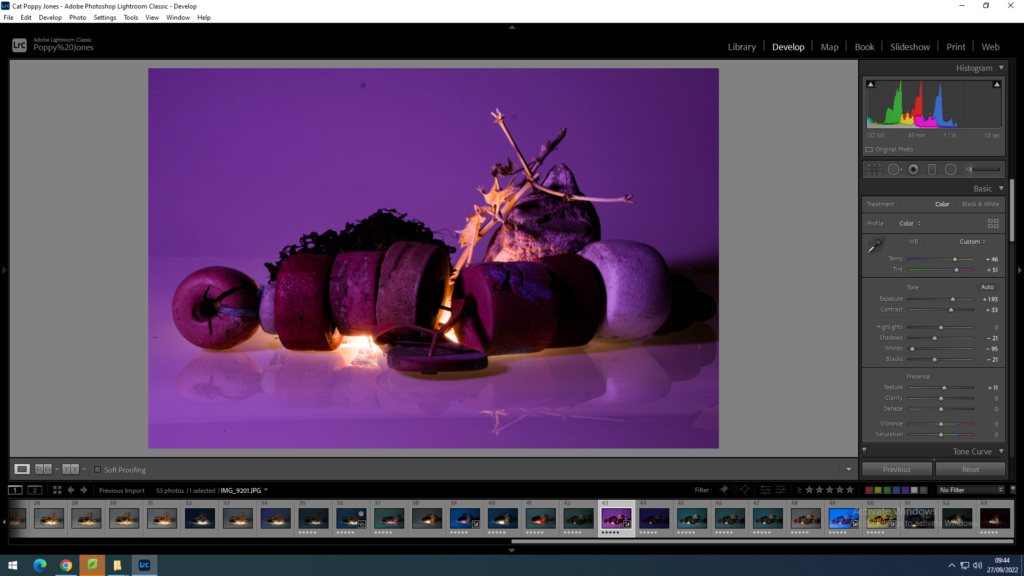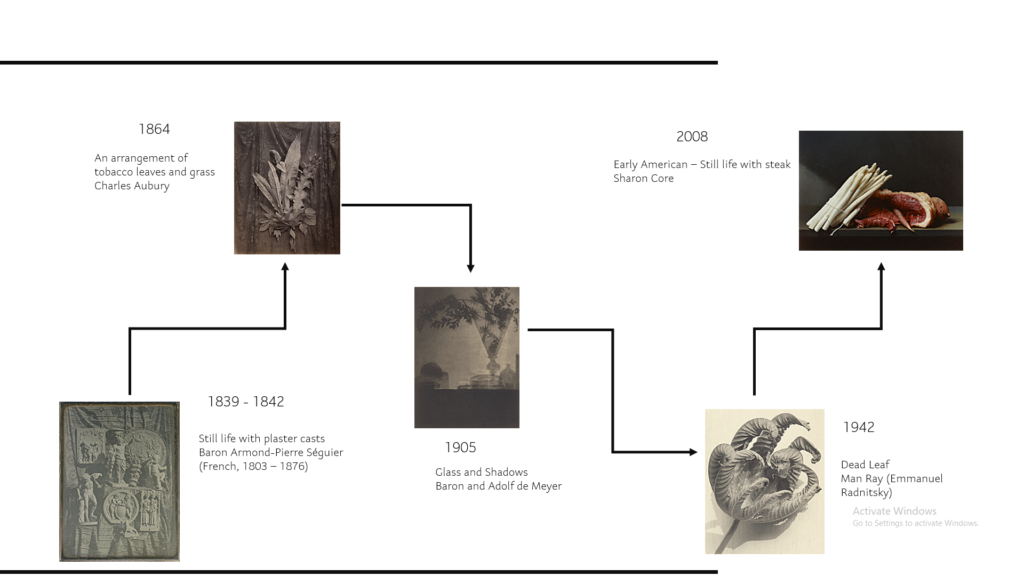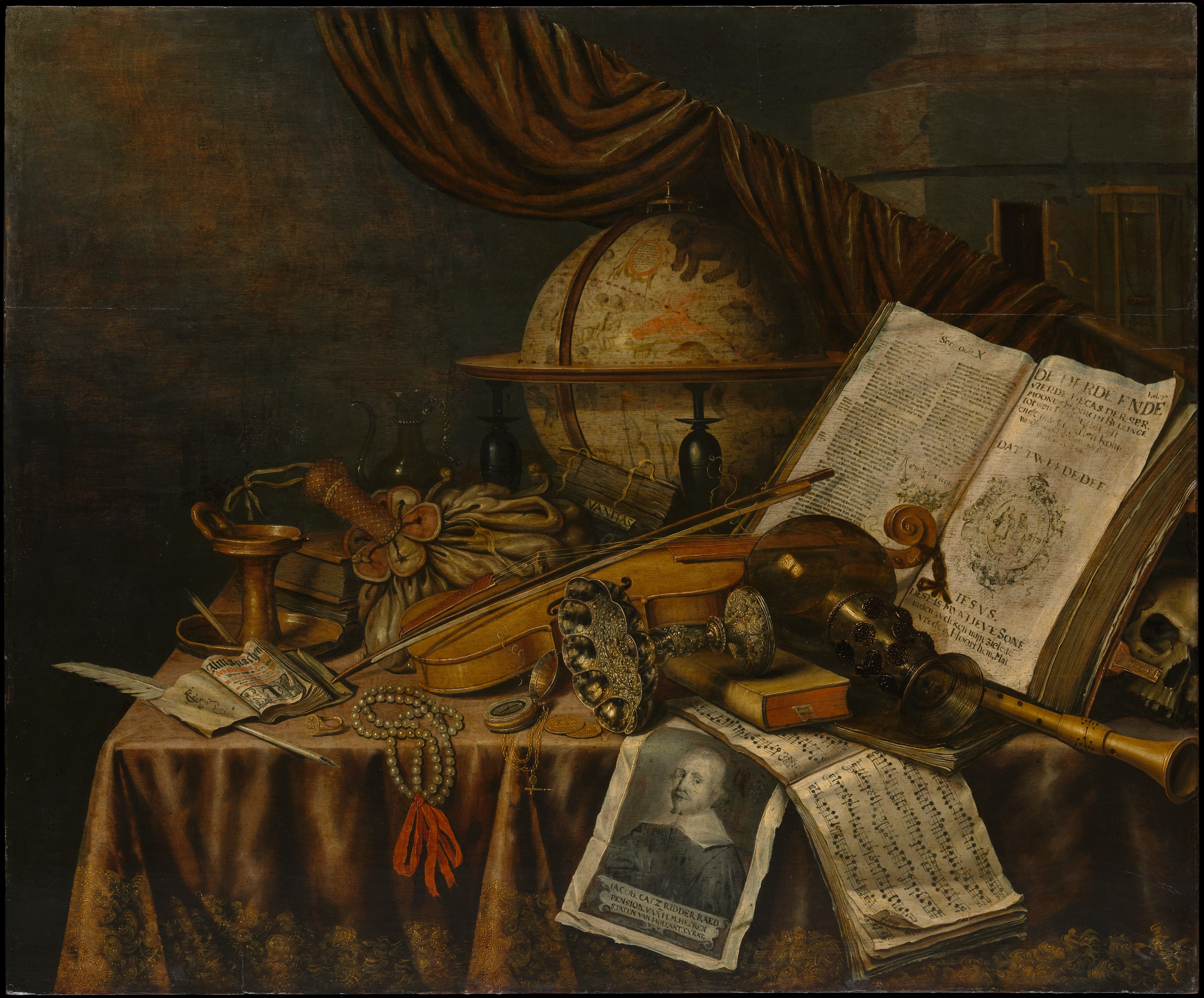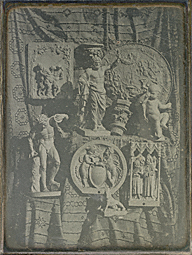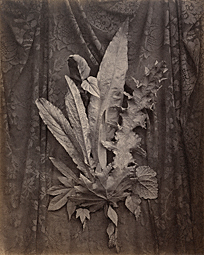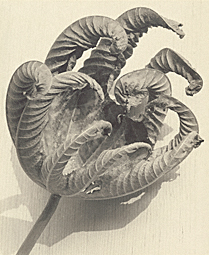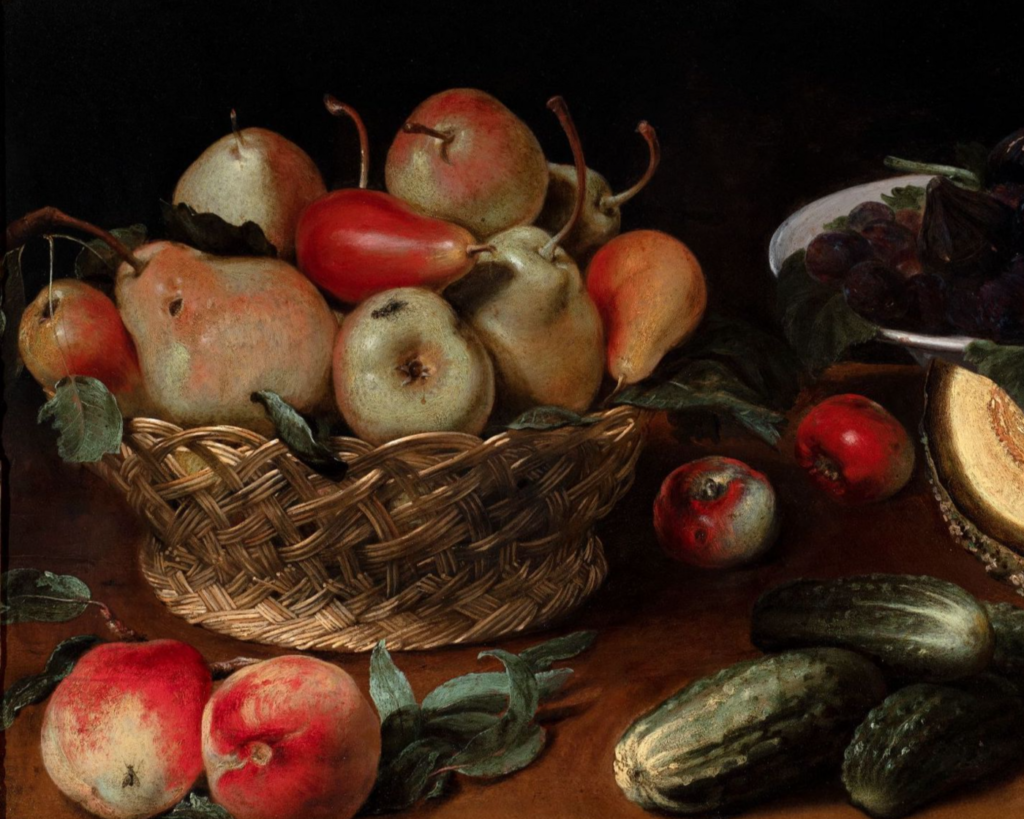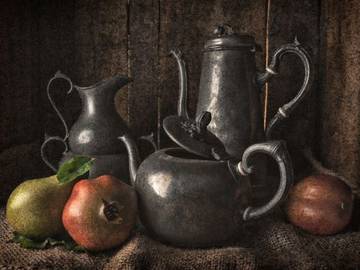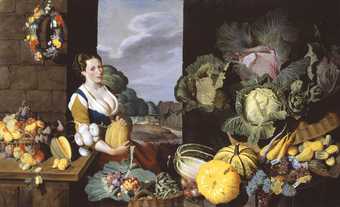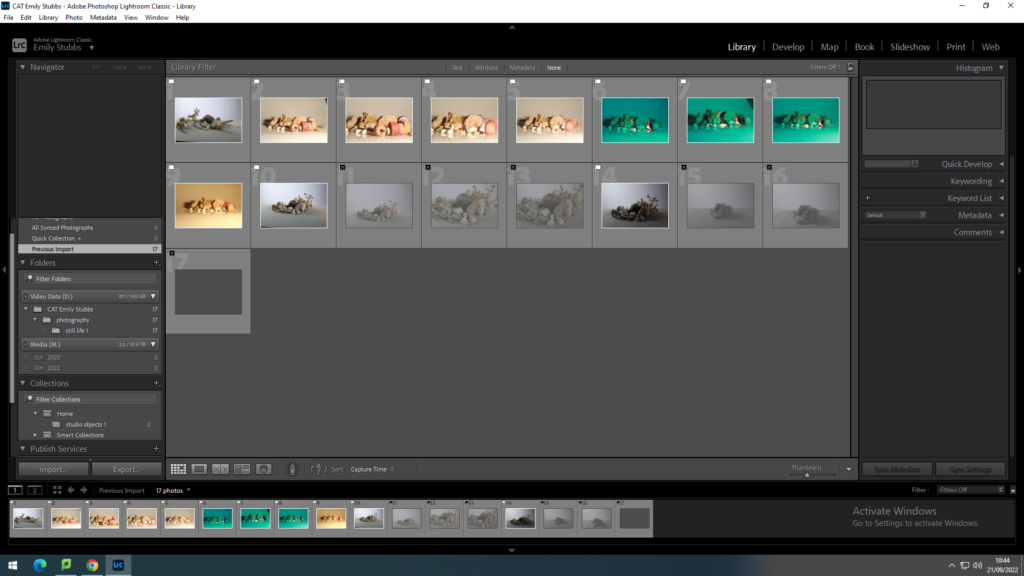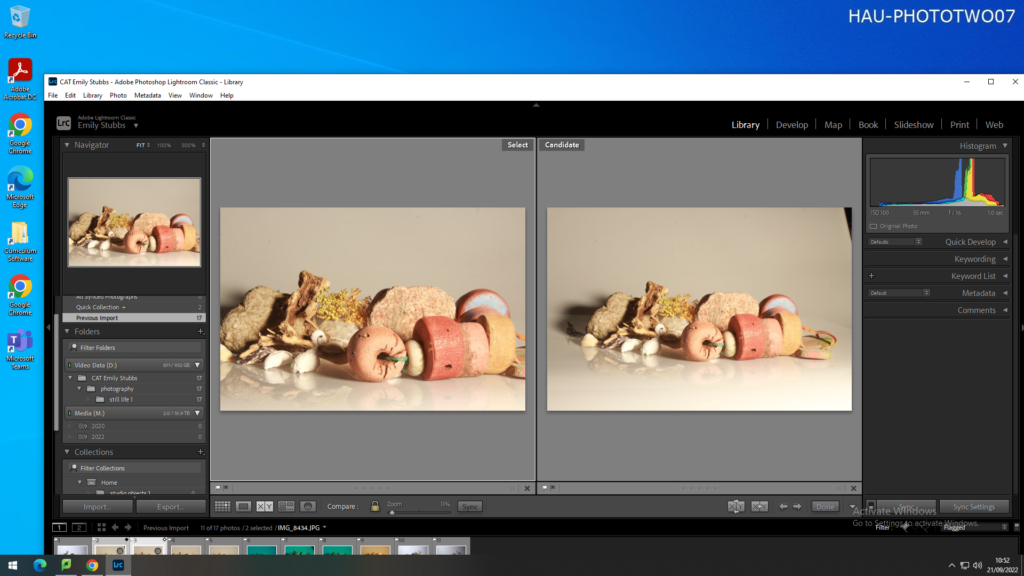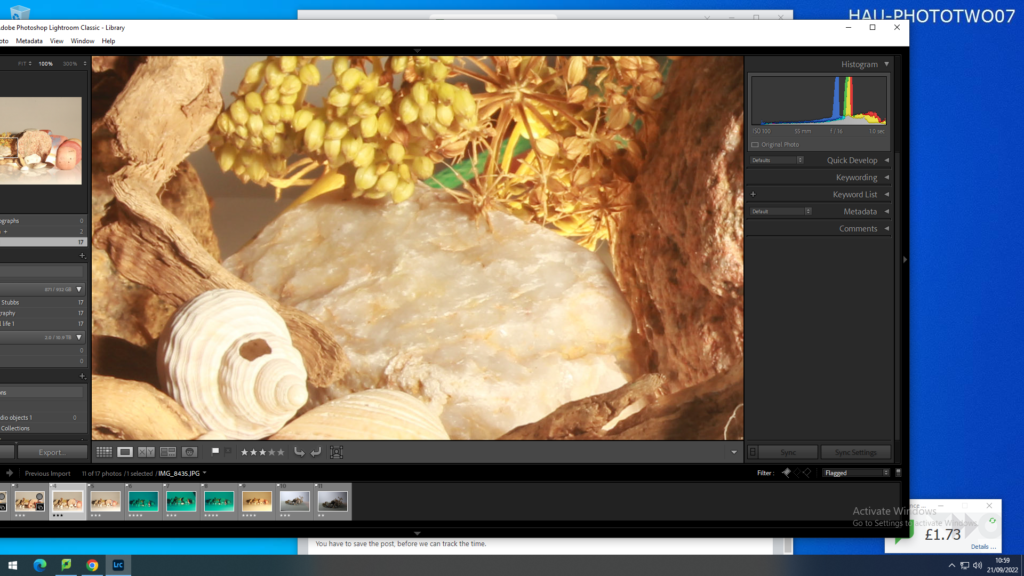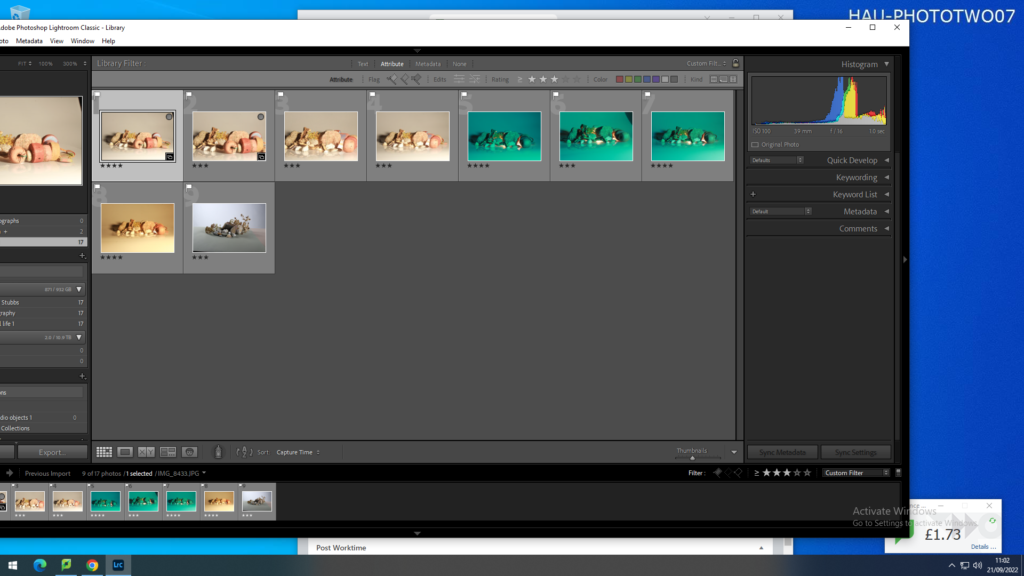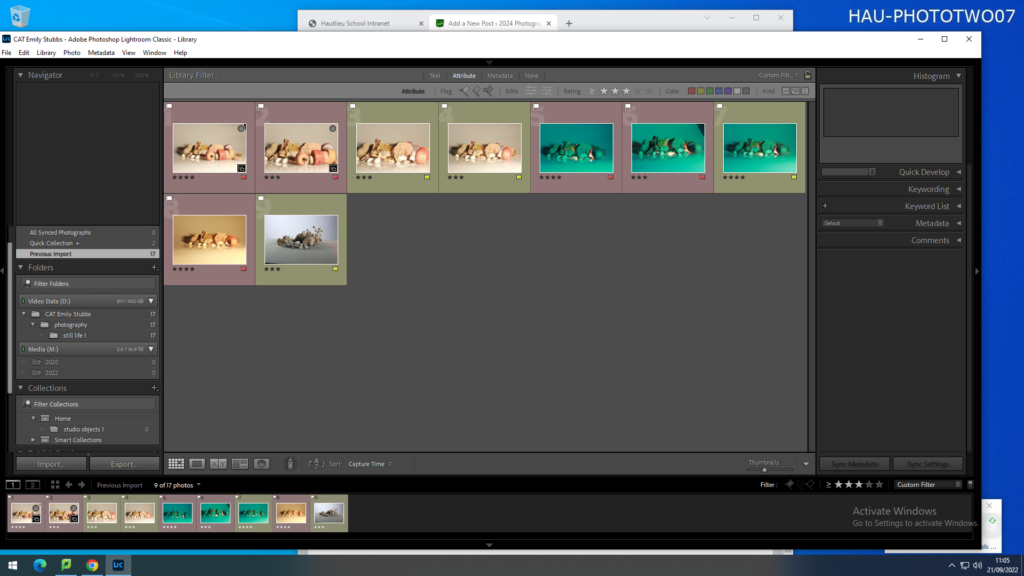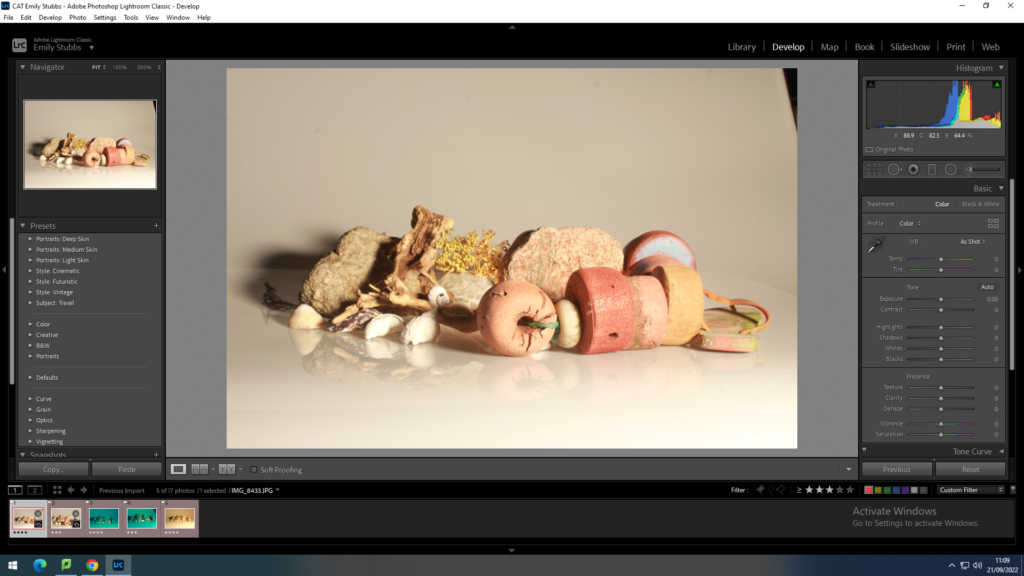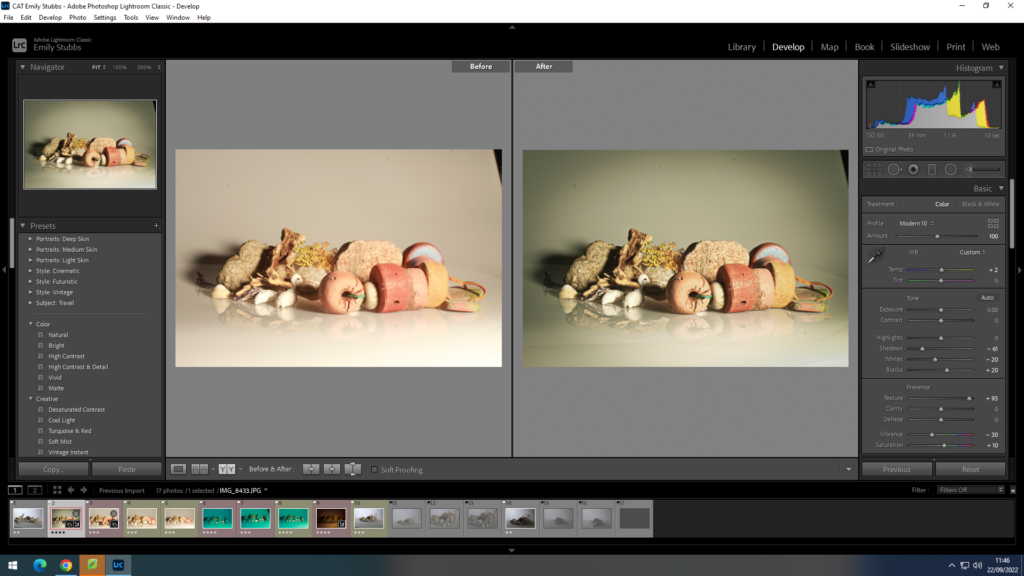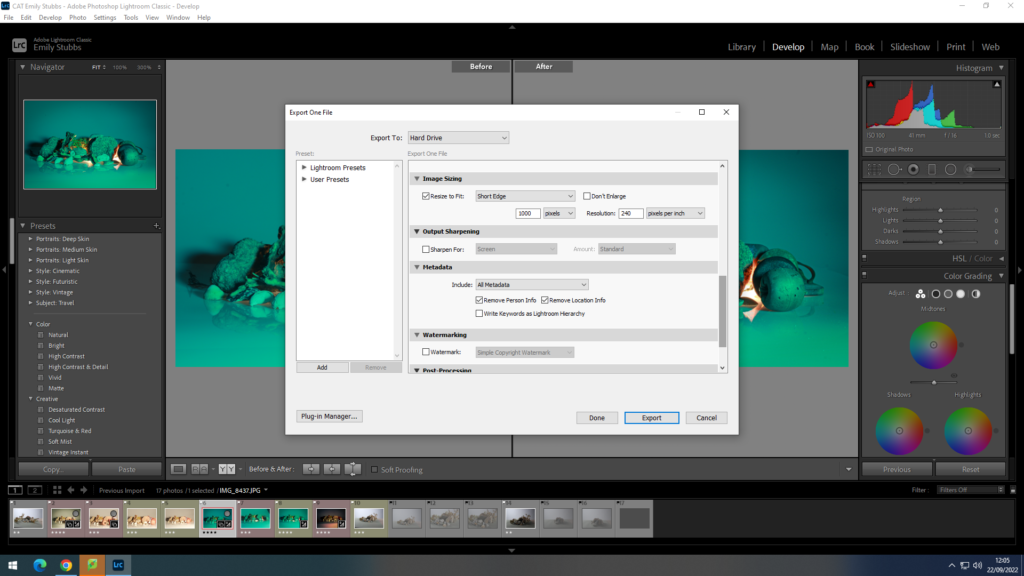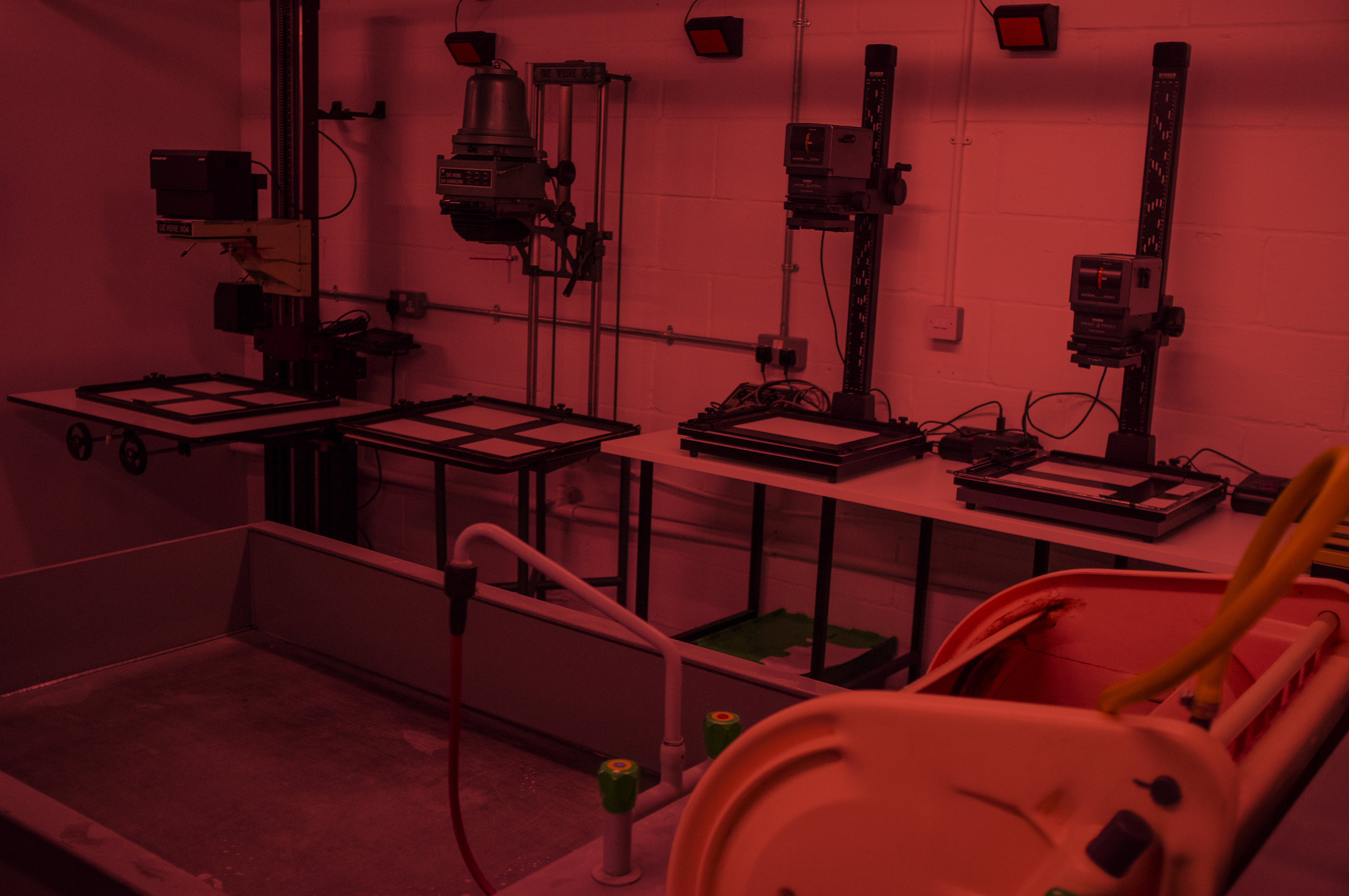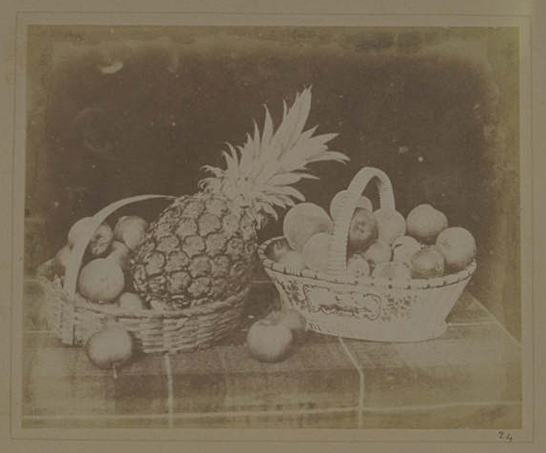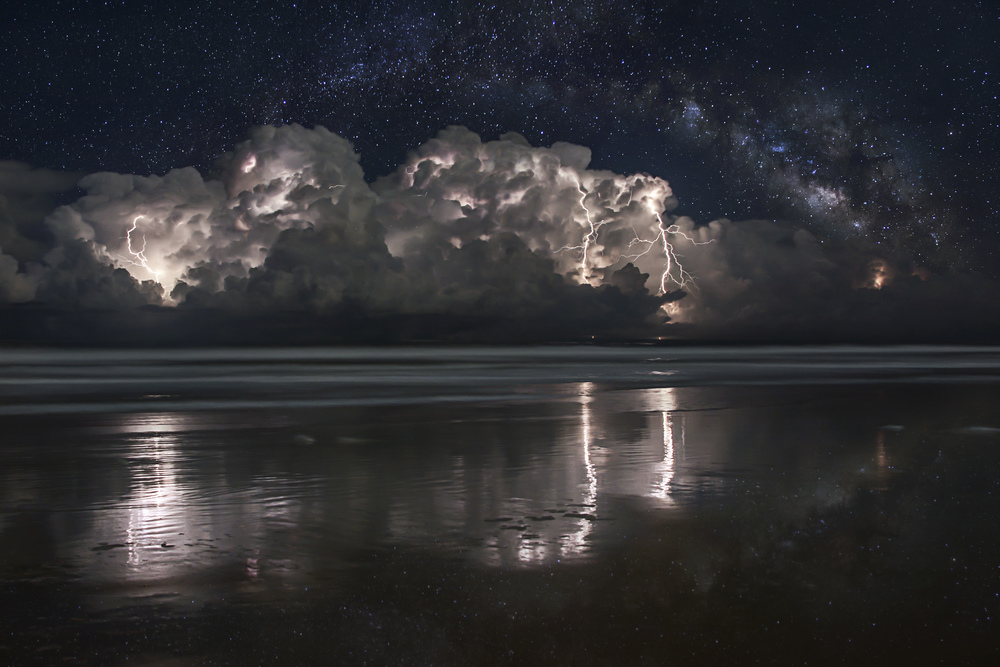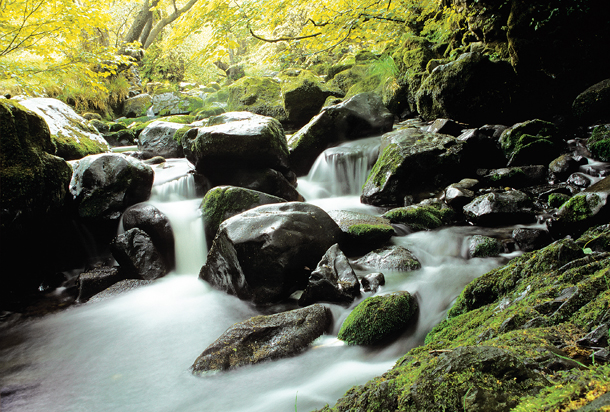What is Aperture
Aperture is the feature which controls the amount of light that comes into the camera. To do this you would shrink or enlarge it.
Aperture also affects the depth of field. By changing how the image is focused. For example, the image could be focused on one isolated object in the middle of the image whilst blurring out the background. or it could be focused on the whole image.
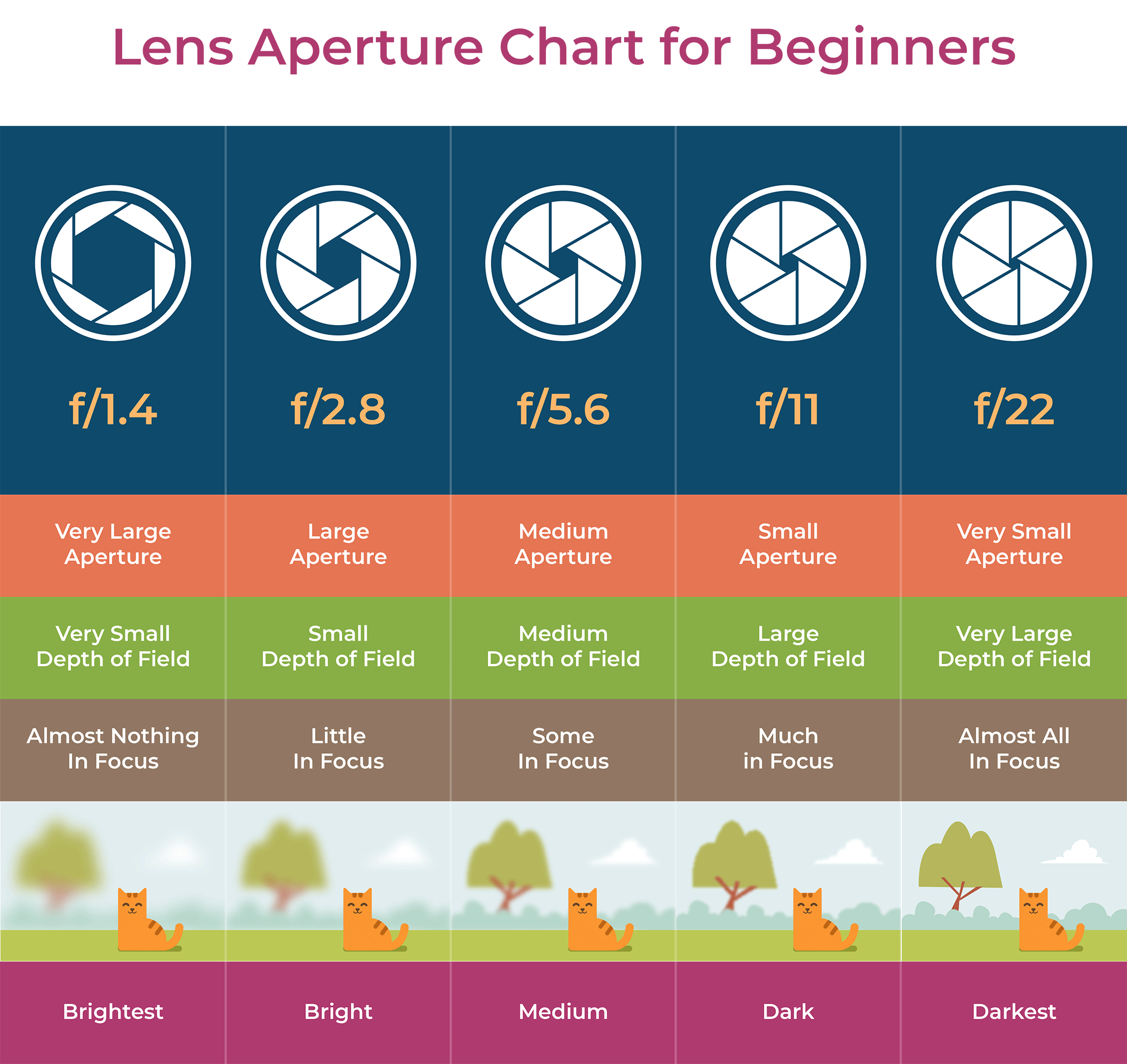
The higher the focus is than the smaller the amplitude will be. You can also adjust the aperture settings on your camera by turning the dial to the ‘A’ button and then spin the wheel at the front of the camera.
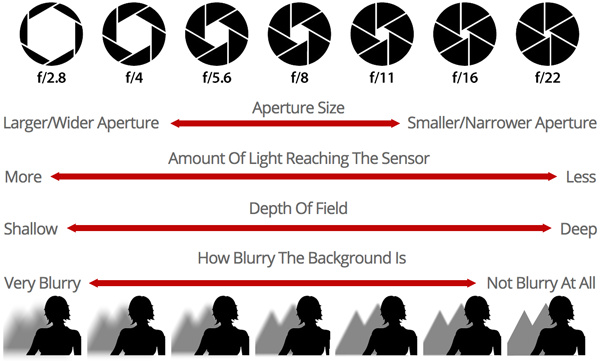
My aperture experiments
We tested the aperture by taking pictures of different things we collected from the beach such as, Shells, Rocks, Flip Flops and seaweed by Using two types of set ups, The first one we used was the infinity table which gives the illusion of a infinite white background in the image. To change the colours We used different coloured gel sheets covering the lights which eventually changed the colour of the images. Our second set up was using more natural light, with a white backdrop.
Our second set up was using more natural light, with a white backdrop.
The picture below was taken with a big Aperture

and the picture below was taken with a smell Aperture

You can see the difference as the first image is focusing on only the centre point of the picture when the second one shows the image as a whole with no CenterPoint.


